Maya Kinley-Hanlon — an undergraduate student in the Department of Physics at the American University in Washington, DC — tells us more about her group’s work on optical coatings for LIGO-India.

Maya Kinley-Hanlon is an undergraduate student in the Department of Physics at the American University in Washington, DC.
Our CQG paper describes measurements of optical coatings on silica glass substrates to determine if storing the LIGO optics for many years before installing them in India will cause any problems. The coatings are known to be fairly robust in their optical properties, but as is always the case with LIGO optics, no one has any real idea about the thermal noise properties. Since thermal noise from the coatings is expected to be a limiting noise source in the LIGO detectors, knowing if storing the optics could cause a problem is an important issue. I worked on this Continue reading

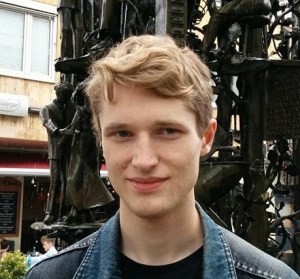

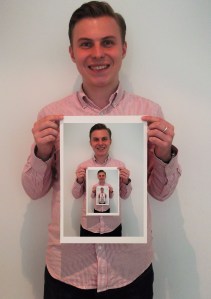


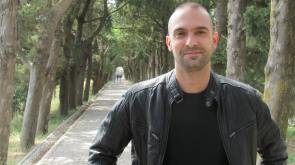
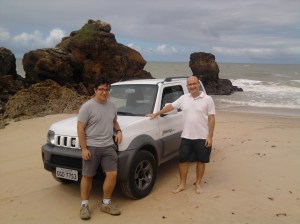
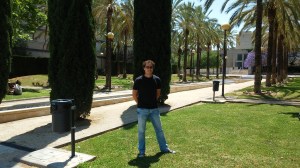


You must be logged in to post a comment.